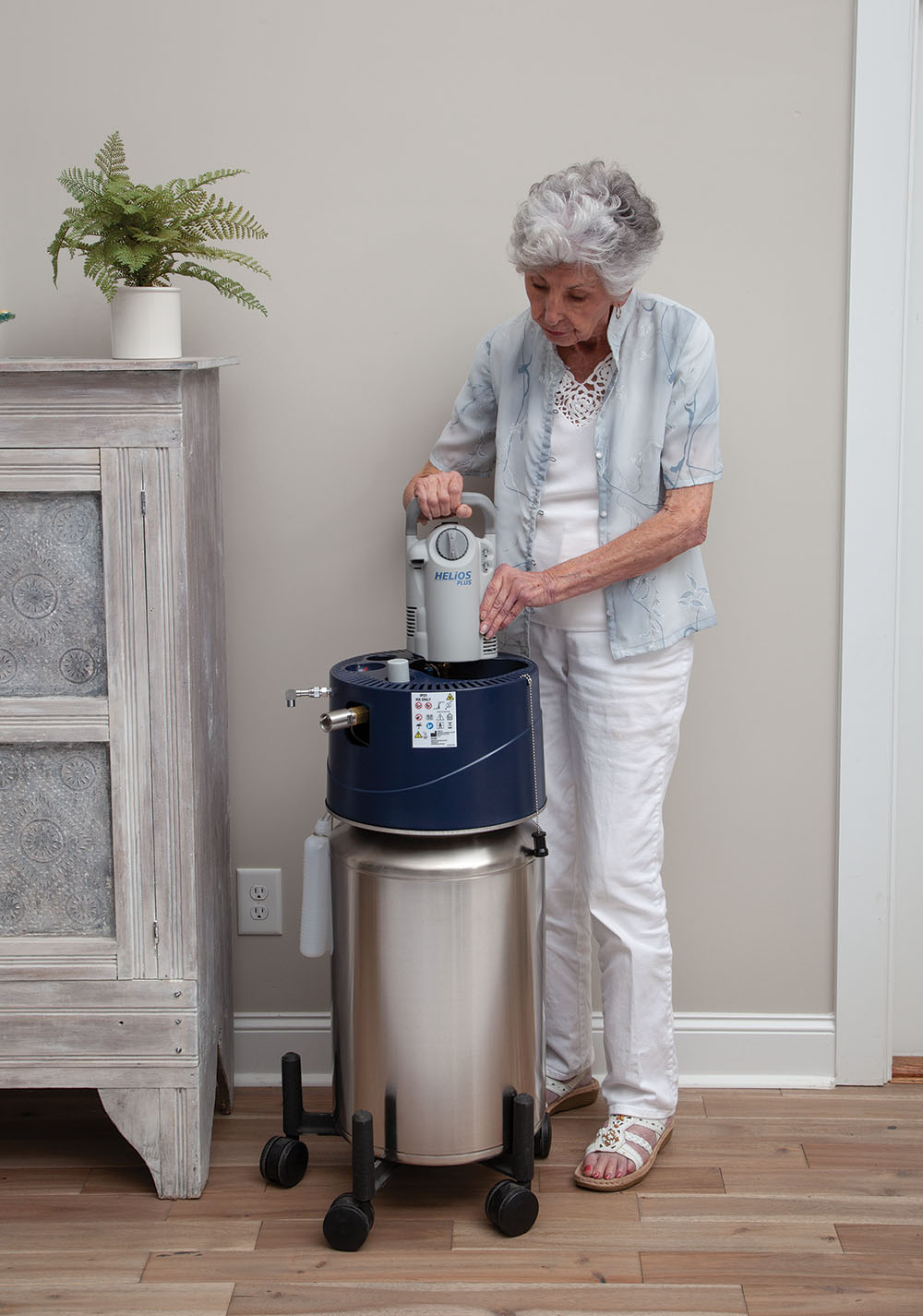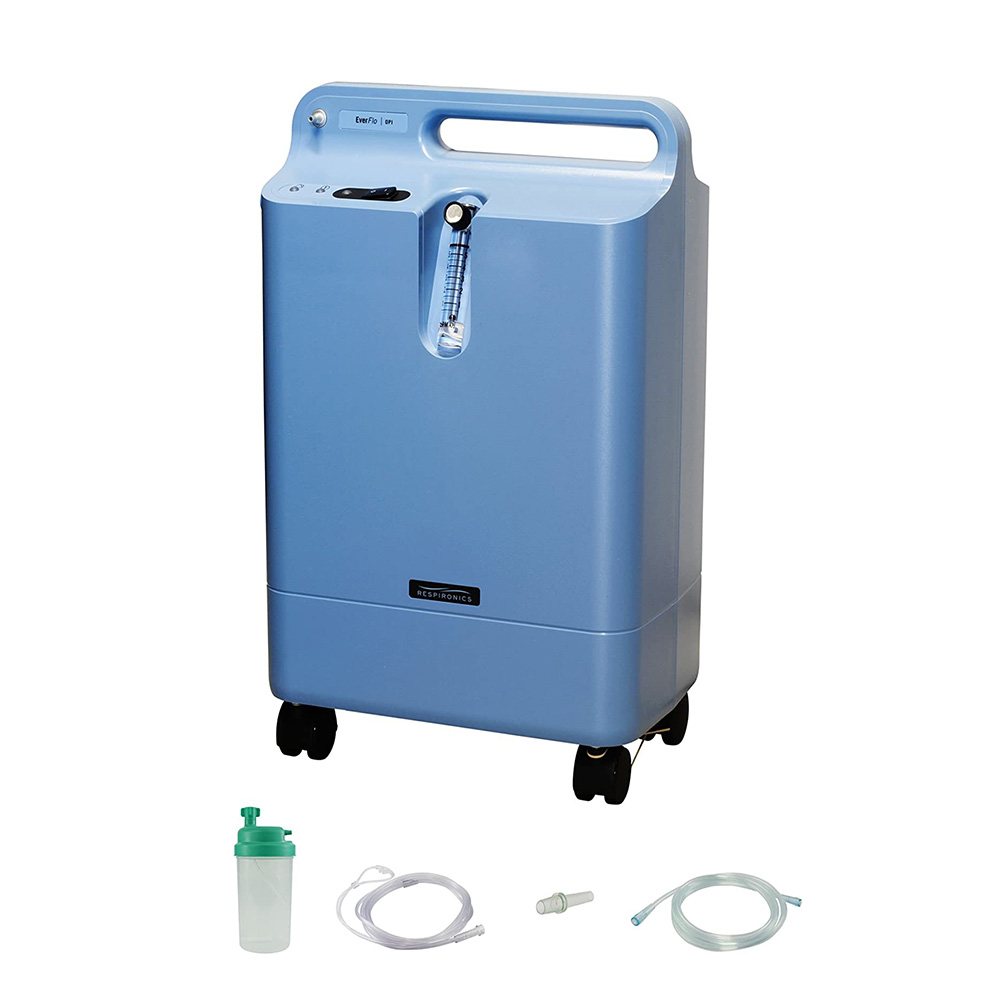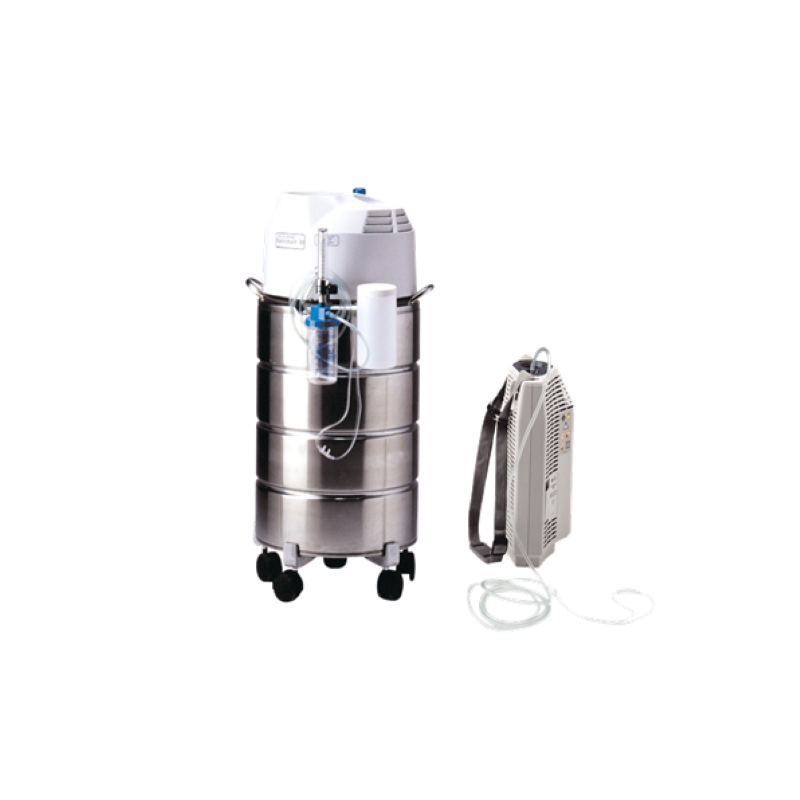
Facts about Oxygen Therapy
These are the basic facts about Oxygen Therapy:
Diagnosis of hypoxemia/hypoxia is based on clinical symptoms and on evaluation of blood gases
Symptoms of hypoxemia and or hypoxia may include shortness of breath, rapid breathing, and a fast heart rate.
- Inhaled oxygen increases oxygenation and reduces the risk of heart failure.
- Oxygen requirements vary (some need it constantly, some only when they are moving, some when they are asleep).
- The need for oxygen is determined by the oximetric method.
- Long-term administration of oxygen (> 15 hours daily) to patients with chronic respiratory failure has been shown to increase survival.
- Oxygen therapy can help improve sleep, mood, wakefulness and memory.
- Oxygen therapy requires a source of oxygen (concentrator or cylinder - compressed gas cylinder O2 or liquid O2) and a supply system (application system - mask, nasal cannula and connections).
- Oxygen therapy may help patients resume many of their previous activities.
- Oxygen therapy should be medically prescribed.
- Oxygen therapy is necessary when the oxygenation of the tissues is reduced, resulting in a disturbance of their metabolism.








